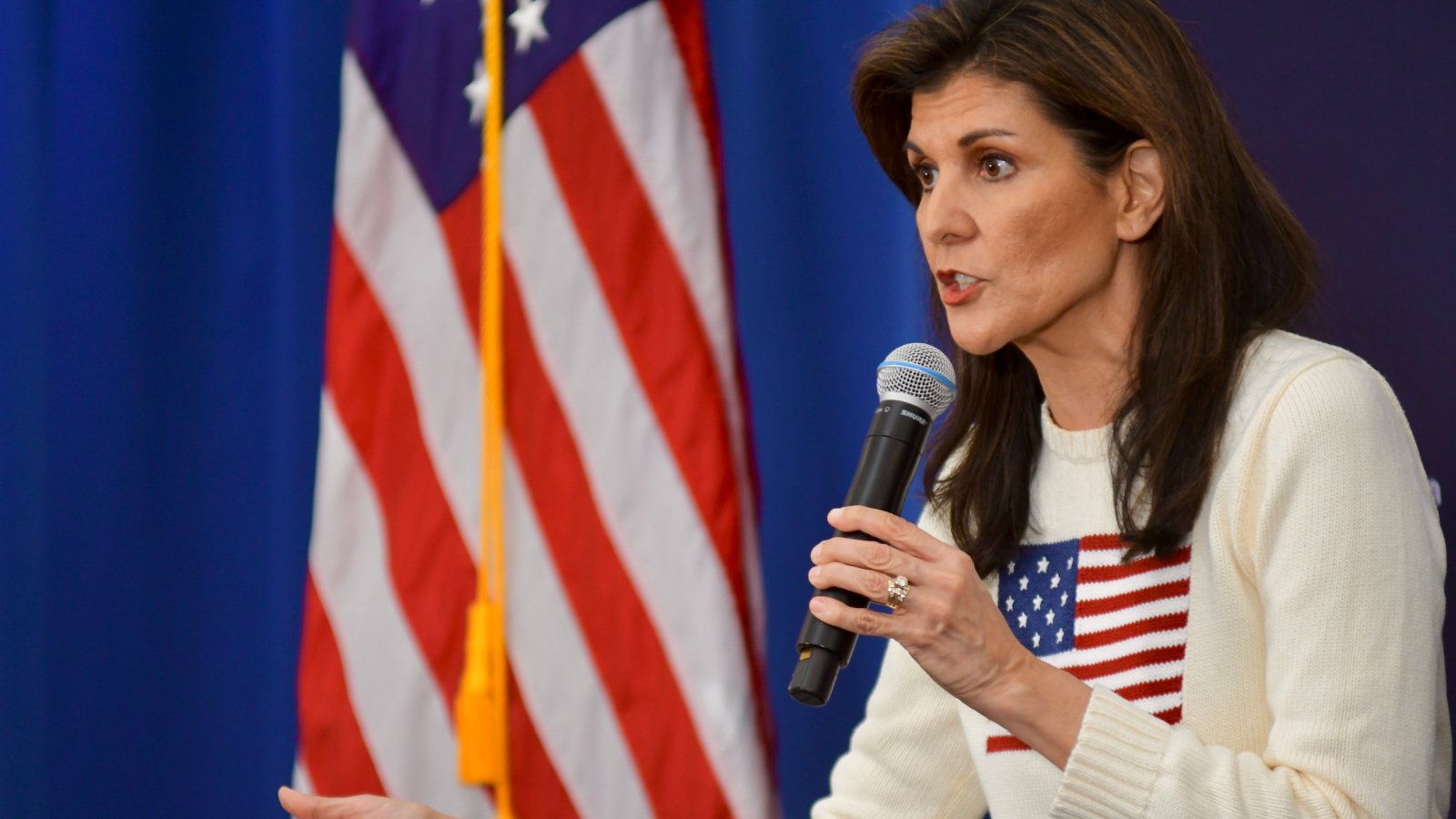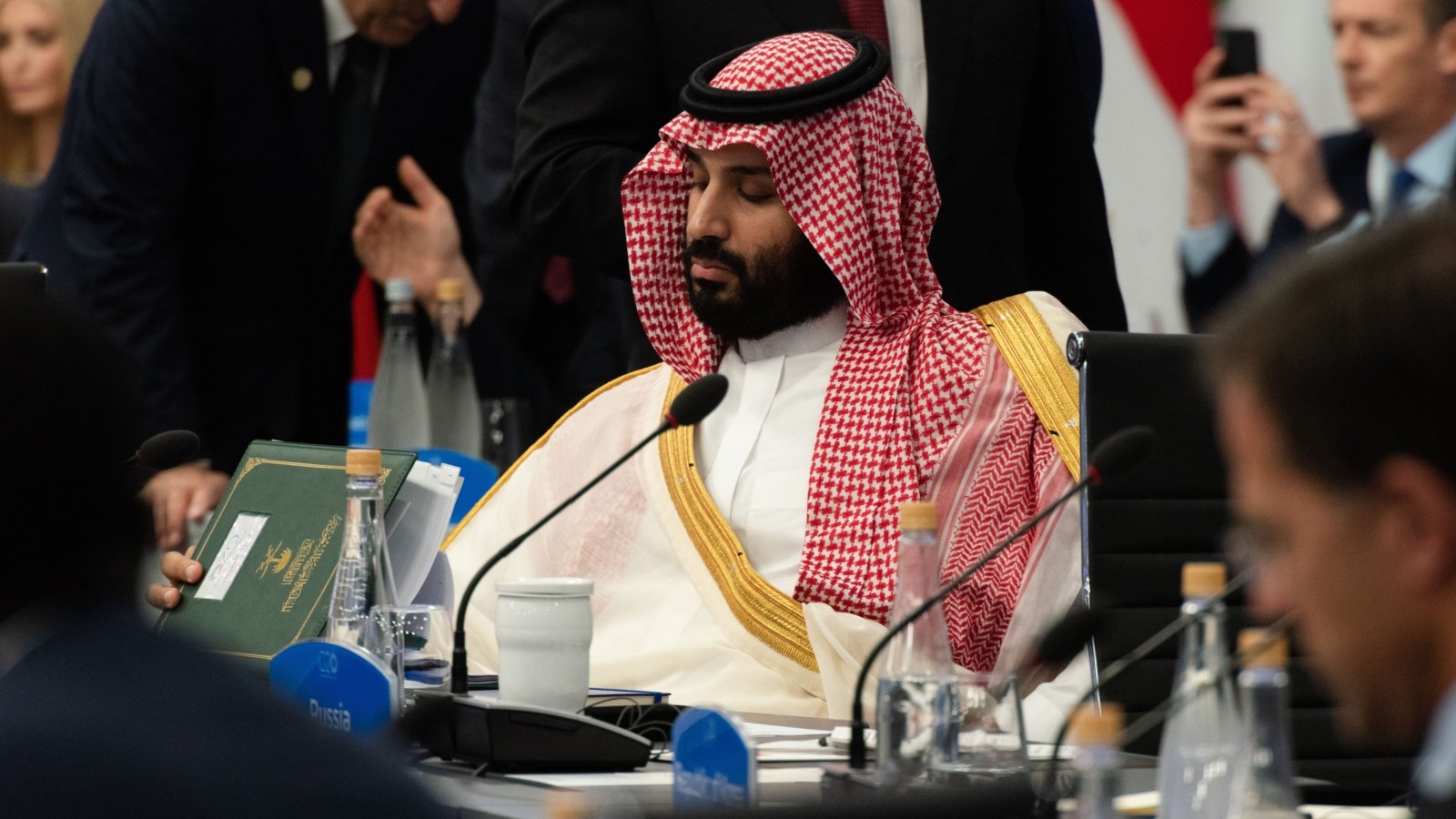J.D. Vance visited the U.S.-Mexico border in Cochise County, Arizona, the site of 84 miles of the border and home to the Douglas and Naco ports of entry. Now that President Joe Biden has stepped out of the Presidential race, Vance has bypassed criticisms of Biden, pointing out the failures of the “Kamala Harris Administration” on his southern border and immigration tour.
Press Opportunity at the Border

Vance stood before an unsecured border portion with an incomplete wall for a press opportunity. The battleground state of Arizona had the most migrant crossings into the United States in 2023. As many as 30 percent of Arizona voters say immigration is their top policy issue in the coming election.
Criticism of the Harris Administration
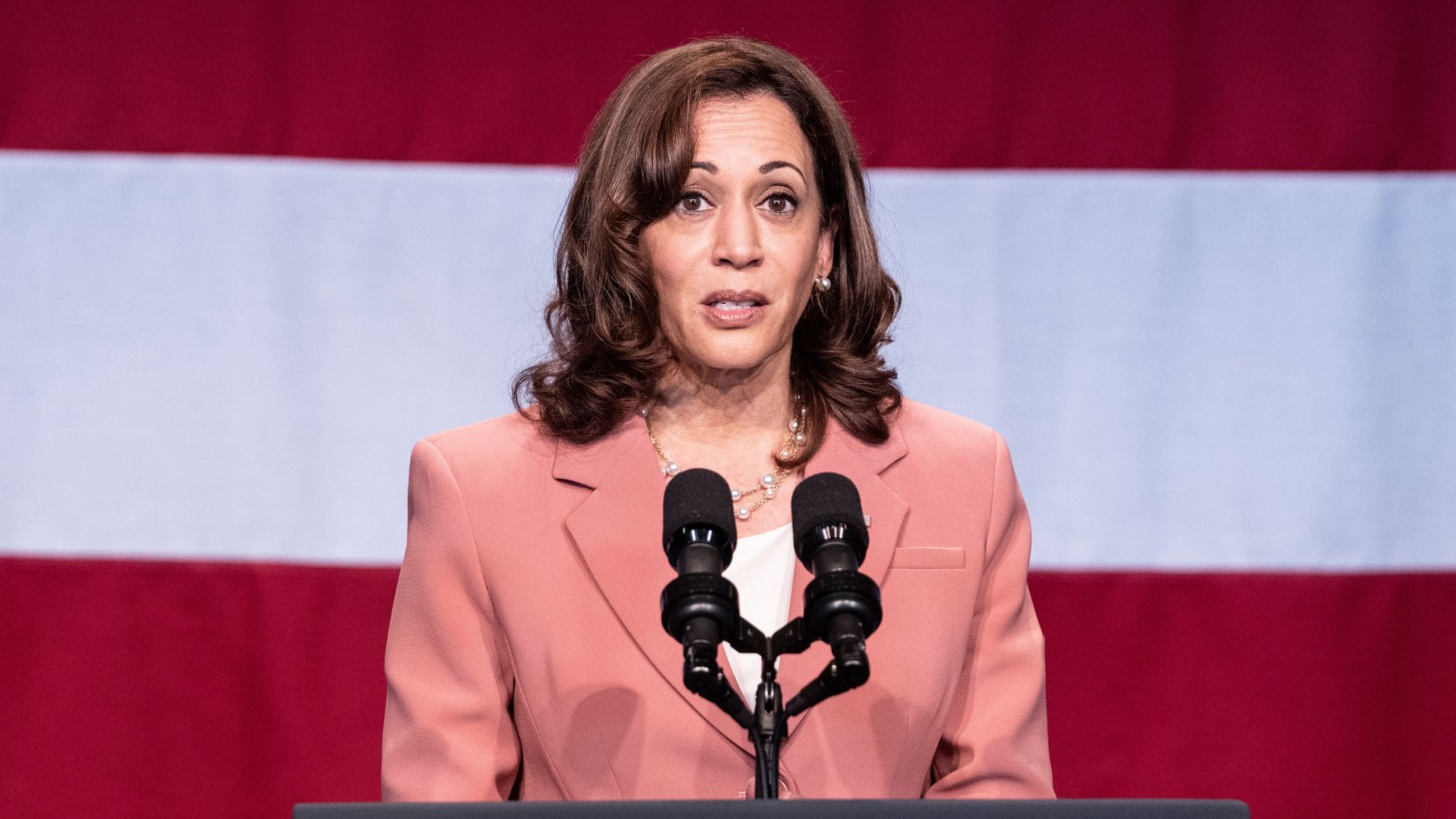
He said Thursday, “It’s hard to believe until you see it with your own eyes just how bad the policies of the Kamala Harris Administration have been when it comes to the southern border.”
First Visit to Arizona as Nominee
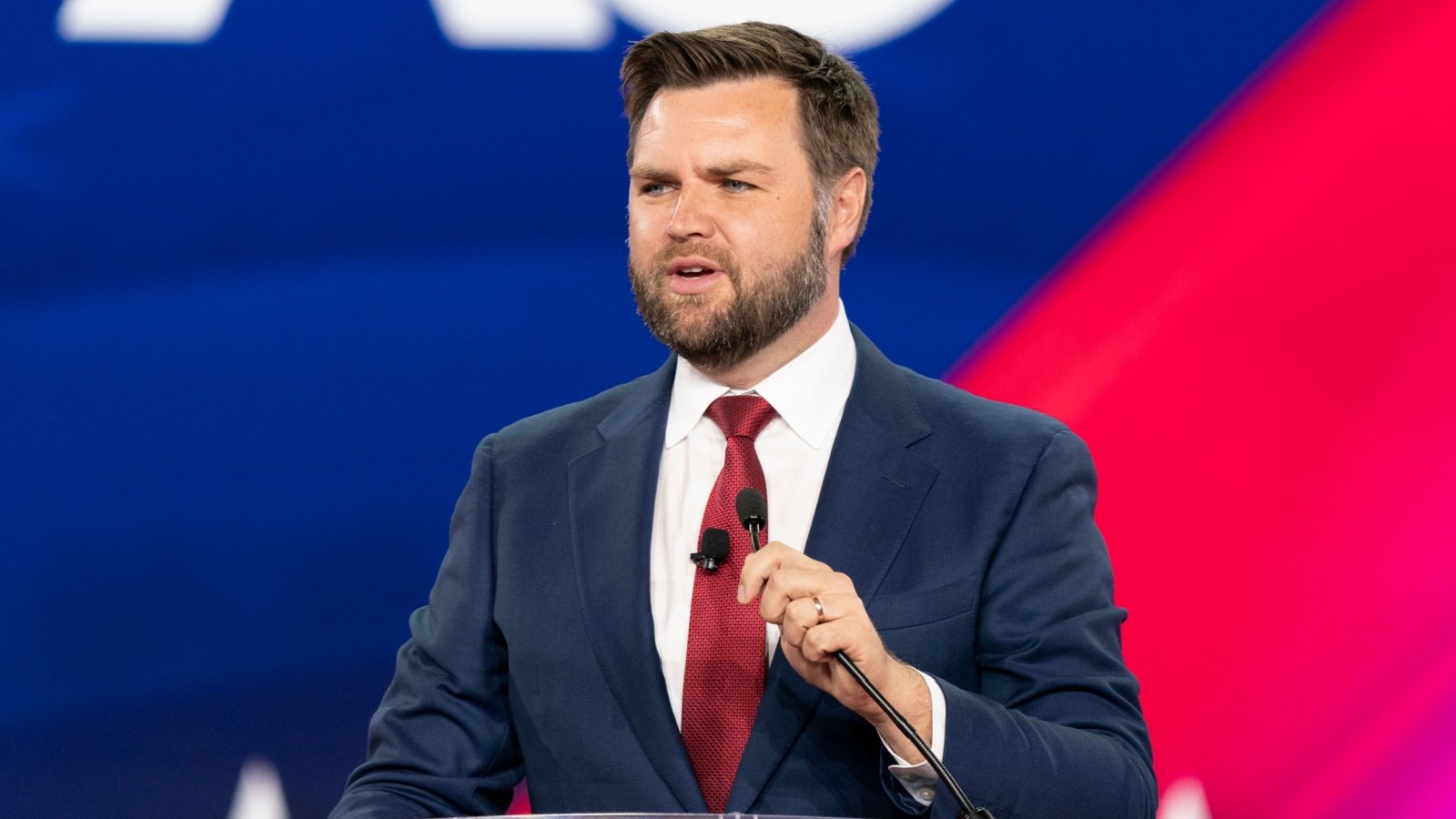
This is Vance’s first visit to Arizona as the Republican Vice Presidential Nominee. The battleground state is greatly impacted by immigration and border control policies from the federal government, which holds the preponderance of power on the issue over the state’s authority.
Hosted by Cochise County Sheriff’s Office

The Cochise County Sheriff’s Office hosted Vance’s visit and provided a tour and briefing to the candidate.
Meeting with an Arizona Rancher
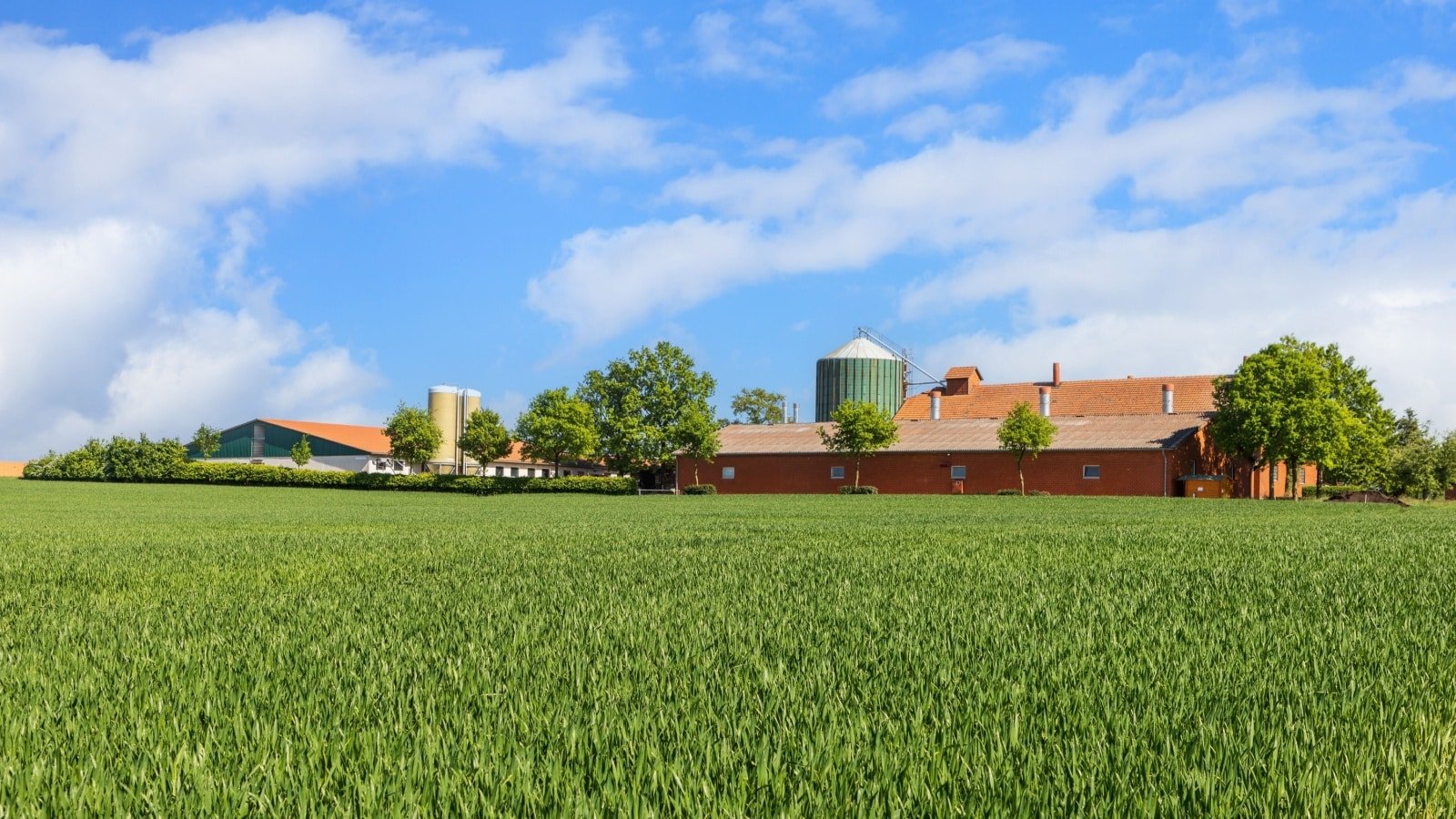
An Arizona rancher, John Ladd, also met Vance to describe the issues from his perspective as a property owner along the U.S.-Mexico border. Vance planned to tour Ladd’s ranch and see the border status before the weather prevented the visit due to muddy conditions. Vance visited Coronado National Memorial instead.
Vance’s Immigration Promises

While engaging in interviews and media appearances in Arizona, Vance promised that if Trump is elected, he will complete building the border wall, which began construction during the first Trump Administration.
Policies to Be Reinstated
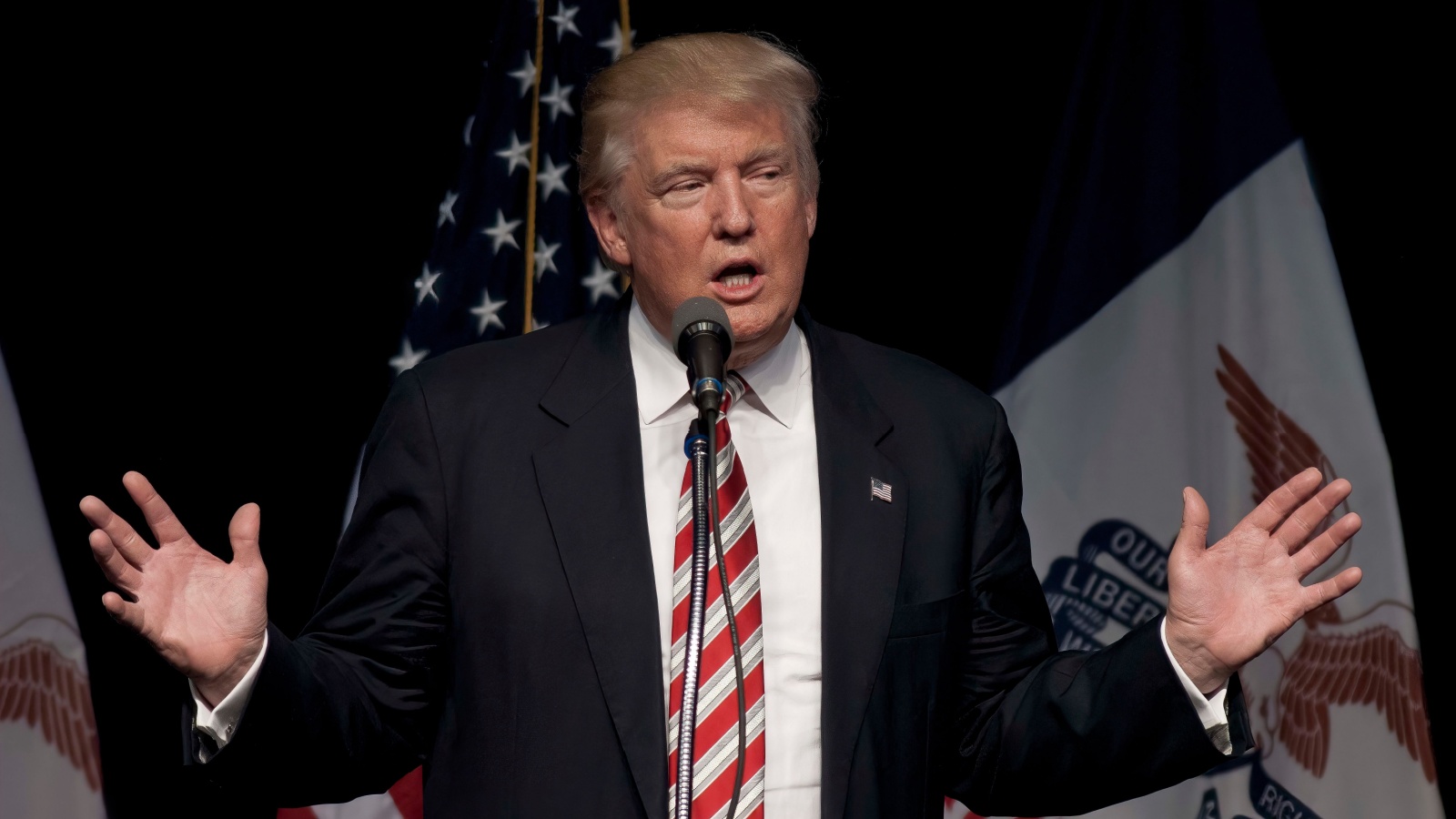
He also said Trump would implement the Remain in Mexico policy he put in place during the first Administration and that they would increase the number of deportations.
Open Border Claims
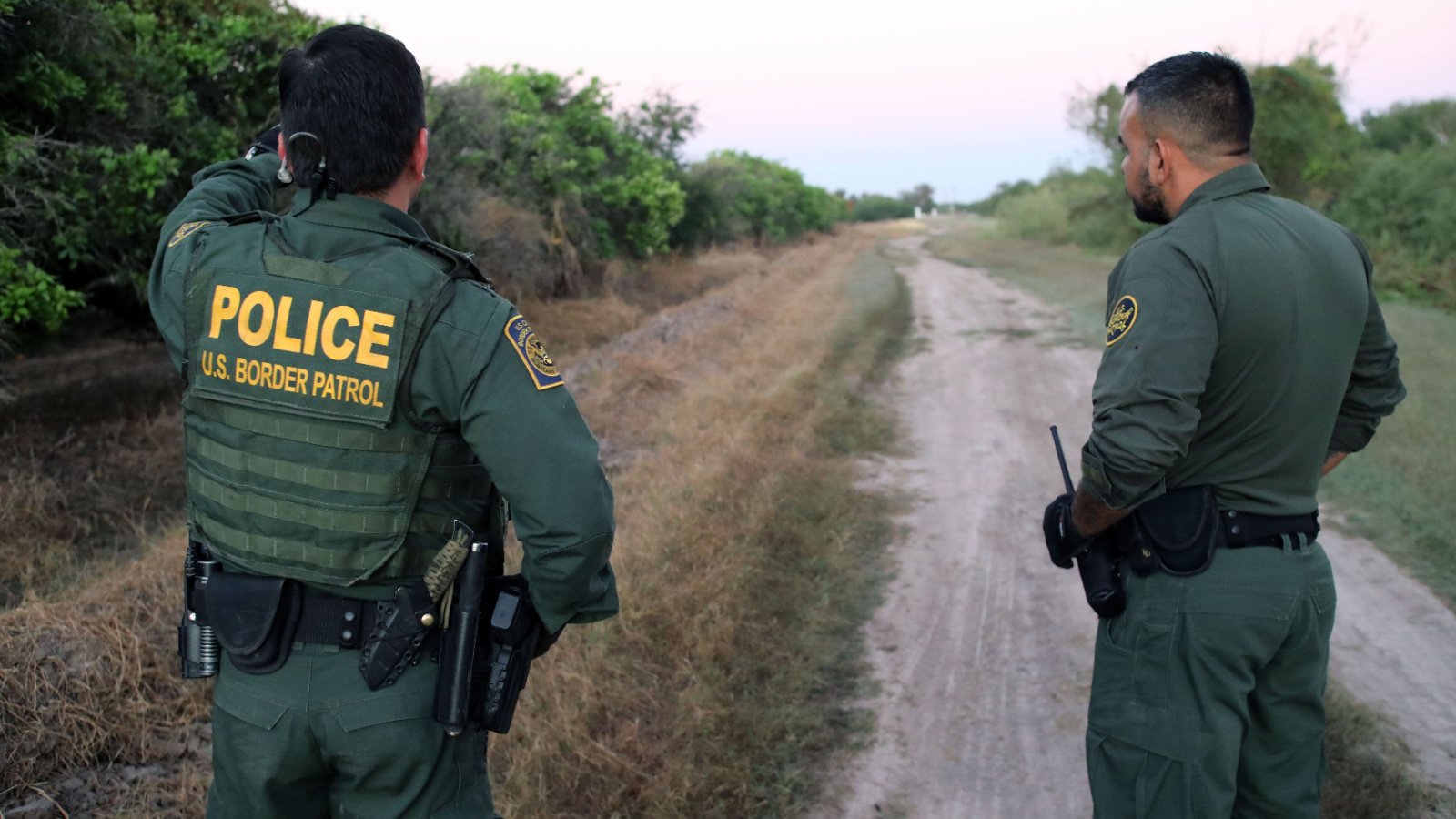
Vance said, “If people can come into this country and they know they’re never going to be deported, you effectively have an open border. That’s what Kamala Harris promised. That’s what Kamala Harris did, and Donald Trump and I promise to do exactly the opposite.”
Border Fortification in Arizona

The border running through the battleground state of Arizona is the most fortified of any state. Under the first Trump Administration, the most significant number of border barriers were built in Arizona, outpacing other states.
Smugglers’ Entry Despite Fortifications

Even with the most fortified and protected border in the country, smugglers still broke through the wall and entered the country during the highest crossing days of the year and under broad daylight.
Immigration Policies Under Trump

During the Trump Administration, he used Title 42 of the Immigration and Nationality Act to halt the processing of asylum seekers. He created the Remain in Mexico policy to force the refugees to wait for two years in Mexico until the case could be reviewed.
Additionally, the federal government under Trump had agreements with Central American governments sending the most migrants.
Changes Under Biden Administration
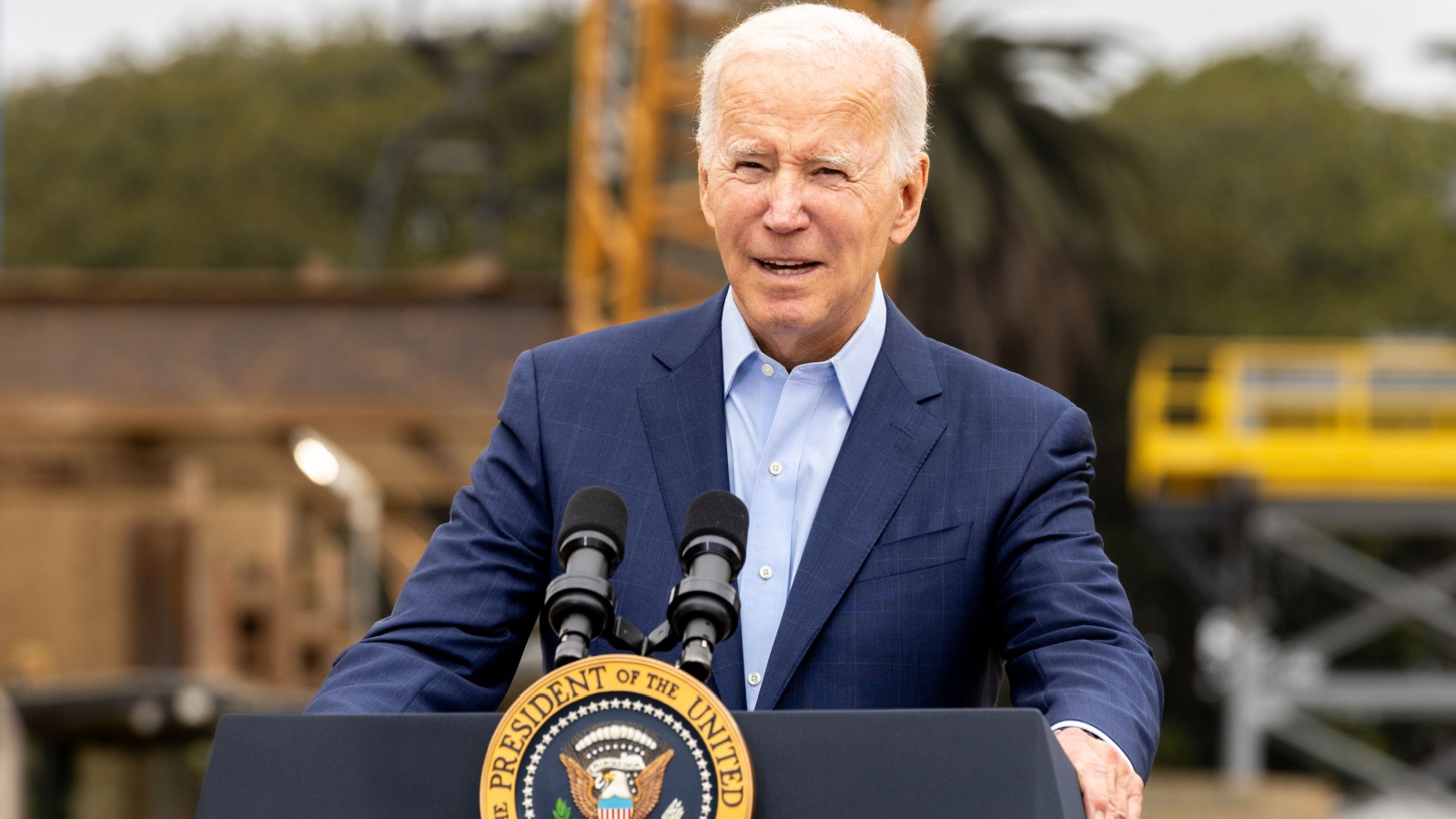
When Biden took office in 2021, he repealed all three of Trump’s immigration policies intended to stem the flow of migrants and secure the border. Over time, his Administration has reintroduced some of the policies out of necessity and demand from voters who were outraged that border crossings in 2022 and 2023 exceeded 2 million for the first time in U.S. history.
Harris’s Corresponding Immigration Message
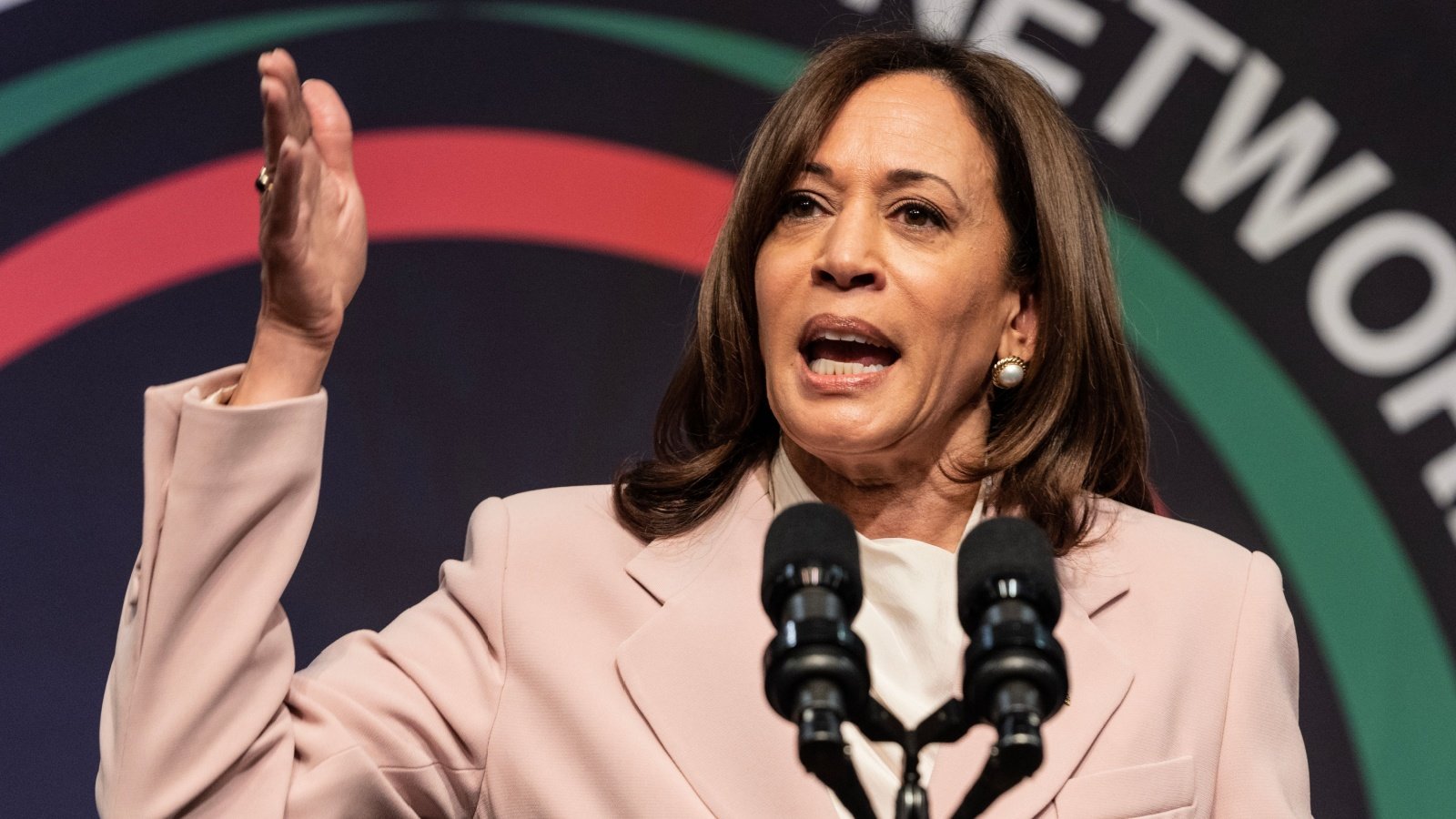
Harris meanwhile has been tuning her immigration message, focusing on blaming the Republicans in Congress for tanking a viable bipartisan border security bill this spring. She has promised to hire additional border patrol officers and increase investment in technologies to prevent fentanyl from crossing the border into the U.S.







